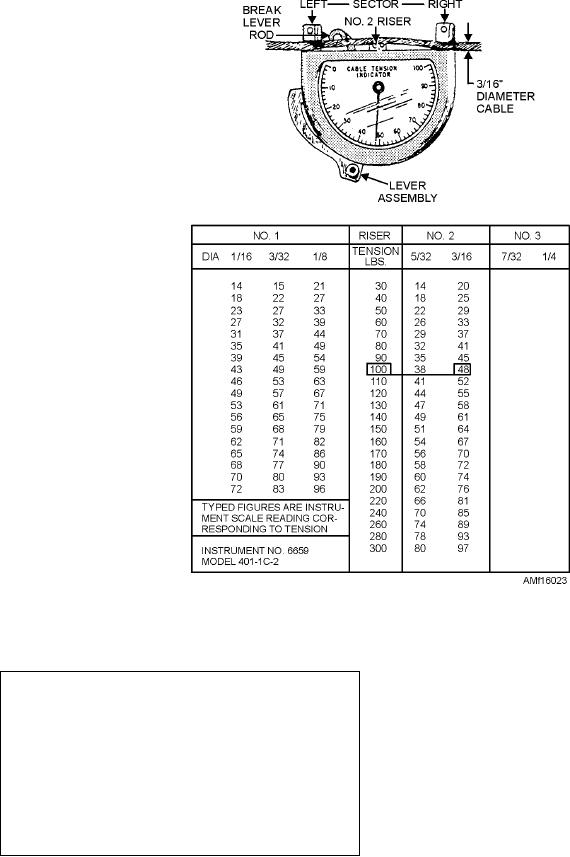
Figure 16-23.--Cable tensiometer and chart.
instrument, the No. 1 riser is used with 1/16-, 3/32-,
NOTE: Tensiometer readings should not be taken
and 1/8-inch diameter cables.
within 6 inches of any turnbuckle, end fitting, or quick
disconnect.
CAUTION
In some cases, the position of the tensiometer on
the cable may be such that the face of the dial cannot be
The calibration table applies to the particular
seen by the operator. In such cases, after the lever has
instrument only, and cannot be used with any other.
been set and the pointer moved on the dial, the
For this reason, the calibration table is secured inside
brake-lever rod on the top of the instrument is moved to
the cover of the box in which the instrument is kept.
the closed position. This locks the pointer in place.
The chart is serialized with the same serial number as
Then, the lever assembly is released and the instrument
the instrument. Using the calibration table from
removed from the cable with the pointer locked in
another instrument will result in inaccurate reading.
position. After the reading has been noted, the
brake-lever rod is moved to the open position, and the
D u r i n g t h e a d j u s t m e n t o f t u r n bu c k l e s , t h e
pointer will return to zero.
calibration table must be used to obtain the desired
The tensiometer, like any other measuring
tension in a cable. For example, to obtain a tension of
instrument, is a delicate piece of equipment and should
110 pounds in a 3/16-inch diameter cable, the No. 2
be handled carefully. Tensiometers should never be
riser is inserted in the instrument and the number
stored in a toolbox.
opposite 110 pounds is read from the calibration table.
In this case, the number is 52. The turnbuckle is then
Temperature changes must be considered in
cable-type systems since this will affect cable tensions.
adjusted until the pointer indicates 52 on the dial.
16-28

